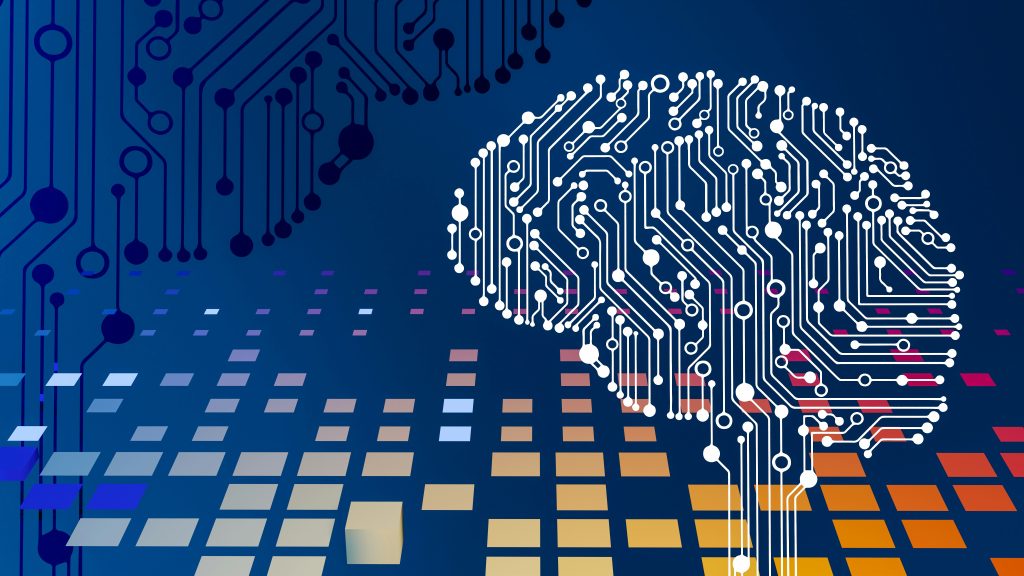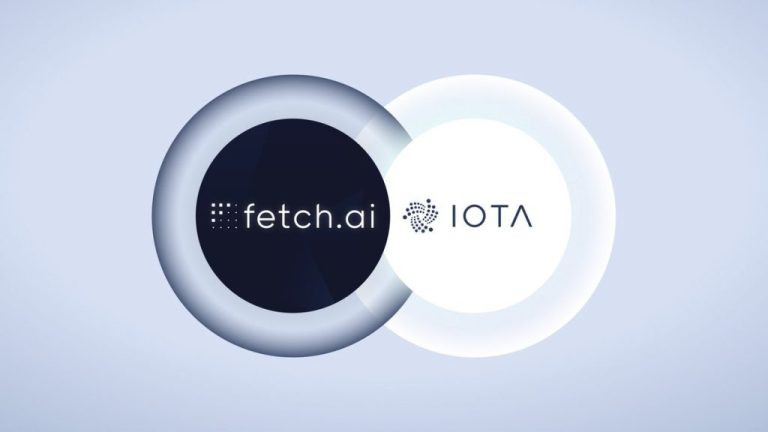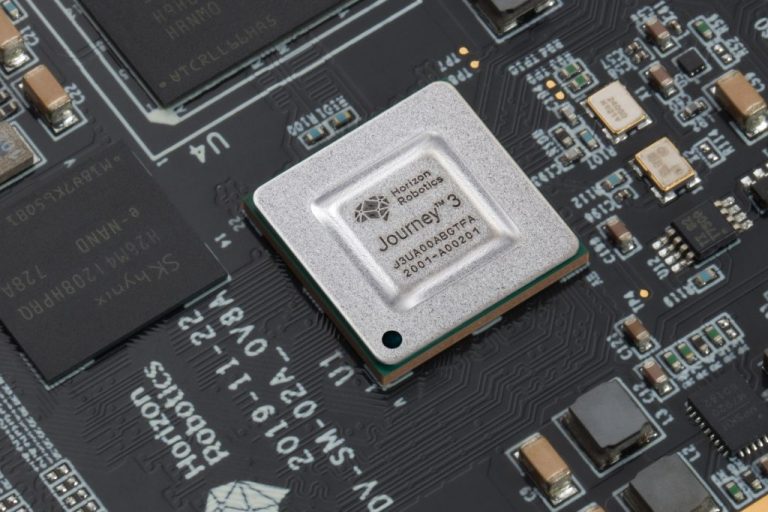Revolutionizing Real-Time Monitoring Through AI-Powered Digital Twins
Transforming Real-Time Monitoring with AI-Enhanced Digital Twins
A recent report by McKinsey reveals that 75% of large enterprises are investing in digital twins to enhance their AI solutions. The integration of digital twins and AI holds the promise of improving the efficacy of large language models and creating new real-time monitoring applications, ultimately delivering substantial operational advantages.
What Are Digital Twins?
Initially conceived to assist in the design of intricate machinery, digital twins have evolved considerably over the past two decades. They provide real-time tracking and analysis of live systems by processing telemetry data, monitoring changing conditions, and improving situational awareness for operational managers. With the help of in-memory computing, digital twins enable quick, actionable alerts. Besides real-time monitoring, they also simulate complex systems, such as those used in airlines and logistics, thereby aiding in strategic planning and operational decision-making through predictive analytics.
Proactively Identifying Anomalies with AI-Powered Digital Twins
Continuous real-time monitoring has become essential for organizations managing complex systems, including transportation networks and smart cities. It is crucial to detect emerging problems early, as delayed responses can escalate minor issues into significant challenges. The enhancement of digital twins with generative AI transforms how real-time monitoring interprets extensive live data, facilitating prompt and reliable anomaly detection that affects operations. Generative AI can constantly scrutinize analytics produced by digital twins, identifying emerging trends and mitigating disruptions before they intensify. This not only heightens situational awareness for managers but also reveals new opportunities for optimizing operations and improving efficiency.
Moreover, the real-time data from digital twins constrains the output of generative AI, minimizing erratic results known as hallucinations. Through a method called retrieval-augmented generation, AI leverages current information on live systems to analyze behaviors and generate actionable recommendations.
Transforming Data Interaction with AI-Driven Visualizations
Extracting insights from digital twin analytics should be straightforward, not overly technical. Generative AI is altering how teams interact with large datasets by enabling natural language queries and visualizations. Users can now describe their needs instead of crafting complex queries, allowing generative AI to visualize relevant charts and results instantaneously. This transformation simplifies interactions and equips decision-makers with necessary data insights. As organizations face increasingly complex systems, AI-powered tools enable efficient navigation through vast data sets, revealing significant trends and optimizing operations with increased accuracy. This alleviates technical challenges, allowing for quicker, data-driven decisions that can have a strategic impact.
Incorporating Machine Learning with Automatic Retraining
Digital twins can monitor a multitude of individual data streams and detect issues by aligning them with the respective physical data sources. The collaboration of thousands, or even millions, of digital twins can effectively oversee vast, intricate systems. As information flows in, each digital twin combines it with existing knowledge of a particular data source and conducts analysis in mere milliseconds. Integrating machine learning algorithms can enhance this analysis by identifying subtle issues that coded algorithms might miss. After being trained on data from live operations, machine learning algorithms can swiftly recognize anomalies and alert operational managers accordingly.
Once deployed to analyze live telemetry, an ML algorithm may encounter scenarios that were absent from its original training set, leading to potential oversight of anomalies or false alerts. Automatic retraining allows the algorithm to adapt and learn from experience, continuously improving its accuracy and reliability.
Digital twins are revolutionizing performance enhancement and adaptability to evolving conditions. By collaborating to identify erroneous machine learning (ML) outputs, they can create new training datasets for automatic retraining. This incorporation of automatic retraining equips businesses with a competitive advantage, providing real-time monitoring that consistently offers actionable insights as the system evolves.
Looking ahead, the integration of digital twin technology with generative AI and ML holds the potential to reshape how industries observe intricate, live systems. By facilitating superior real-time insights, it allows managers to make quicker, well-informed decisions. The latest release of ScaleOut Software’s Digital Twins™ Version 4 integrates generative AI, utilizing OpenAI’s large language model, alongside automatic ML retraining, steering real-time monitoring toward fully autonomous operations.
The Role of Machine Learning in Enhancing Cloud-Native Container Security
Machine learning plays a crucial role in bolstering the security of cloud-native containers. By leveraging advanced algorithms, organizations can proactively identify vulnerabilities and respond swiftly to threats. This not only minimizes risks but also ensures the integrity and confidentiality of data.
Innovative Machine Learning Applications Transforming Business
In today’s fast-paced digital landscape, innovative machine learning applications are revolutionizing various business sectors. From optimizing logistics processes to enhancing financial operations, these technologies facilitate data-driven decision-making that boosts efficiency and productivity across the board.
AI and Fraudulent Boosting of Music Streams
AI technology, while beneficial, is also being misused in certain industries. Recent allegations suggest that bots and AI mechanisms are being employed to artificially inflate music streaming numbers, raising ethical concerns about the integrity of digital media platforms.
Benefits of Partnering with Outsourced Developers
Collaborating with outsourced developers can provide a myriad of advantages for businesses. Accessing a broader talent pool often leads to enhanced innovation and faster project delivery times, allowing companies to focus on their core competencies while minimizing operational strain.
The ongoing advancements in artificial intelligence and machine learning are reshaping various sectors by providing powerful tools that address complex challenges and improve operational efficiency.
Tackling AI Hallucinations: A New Approach from MIT Spinout
In a groundbreaking development, a new company emerging from MIT is focusing on teaching artificial intelligence systems to recognize and admit when they lack certainty or knowledge. This initiative intends to mitigate the phenomenon of “hallucinations” commonly seen in AI, where the system generates inaccurate or misleading information with false confidence.
AI Enhancements in Diabetes Management
IBM and Roche are collaborating to leverage artificial intelligence in managing diabetes more effectively. Their AI-driven system is designed to predict blood sugar levels, potentially providing a more accurate and proactive approach for patients. This integration of technology aims to improve patient outcomes and enhance the overall management of diabetes.
Concerns Over DeepSeek’s New AI Model
Recently, concerns have arisen regarding DeepSeek’s latest AI model, which some experts claim represents a significant regression for free speech rights. Critics argue that the model’s parameters may suppress open expression rather than fostering a healthy discourse, raising ethical dilemmas surrounding the technology’s impacts on society.
Islands include a diverse range of locations such as:
- Martinique
- Mauritania
- Mauritius
- Mayotte
- Mexico
- Micronesia
- Moldova
- Monaco
- Mongolia
- Montenegro
- Montserrat
- Morocco
- Mozambique
- Myanmar
- Nambia
- Nauru
- Nepal
- Netherlands
- New Caledonia
- New Zealand
- Nicaragua
- Niger
- Nigeria
- Niue
- Norfolk Island
- North Macedonia
- Northern Mariana Islands
- Norway
- Oman
- Pakistan
- Palau
- Palestine, State of
- Panama
- Papua New Guinea
- Paraguay
- Peru
- Philippines
- Pitcairn
- Poland
- Portugal
- Puerto Rico
- Qatar
- Romania
- Russian Federation
- Rwanda
- Réunion
- Saint Barthélemy
- Saint Helena, Ascension and Tristan da Cunha
- Saint Kitts and Nevis
- Saint Lucia
- Saint Martin
- Saint Pierre and Miquelon
- Saint Vincent and the Grenadines
- Samoa
- San Marino
- Sao Tome and Principe
- Saudi Arabia
- Senegal
- Serbia
- Seychelles
- Sierra Leone
- Singapore
- Sint Maarten
- Slovakia
- Slovenia
- Solomon Islands
- Somalia
- South Africa
- South Georgia and the South Sandwich Islands
- South Sudan
- Spain
- Sri Lanka
- Sudan
- Suriname
- Svalbard and Jan Mayen
- Sweden
- Switzerland
- Syria Arab Republic
- Taiwan
- Tajikistan
- Tanzania, the United Republic of
- Thailand
- Timor-Leste
- Togo
- Tokelau
- Tonga
- Trinidad and Tobago
- Tunisia
- Turkmenistan
- Turks and Caicos Islands
- Tuvalu
- Türkiye
- US Minor Outlying Islands
- Uganda
- Ukraine
- United Arab Emirates
- United Kingdom
- United States
- Uruguay
- Uzbekistan
- Vanuatu
- Venezuela
- Viet Nam
- Virgin Islands, British
- Virgin Islands, U.S.
- Wallis and Futuna
- Western Sahara
- Yemen
- Zambia
- Zimbabwe
- Åland Islands






